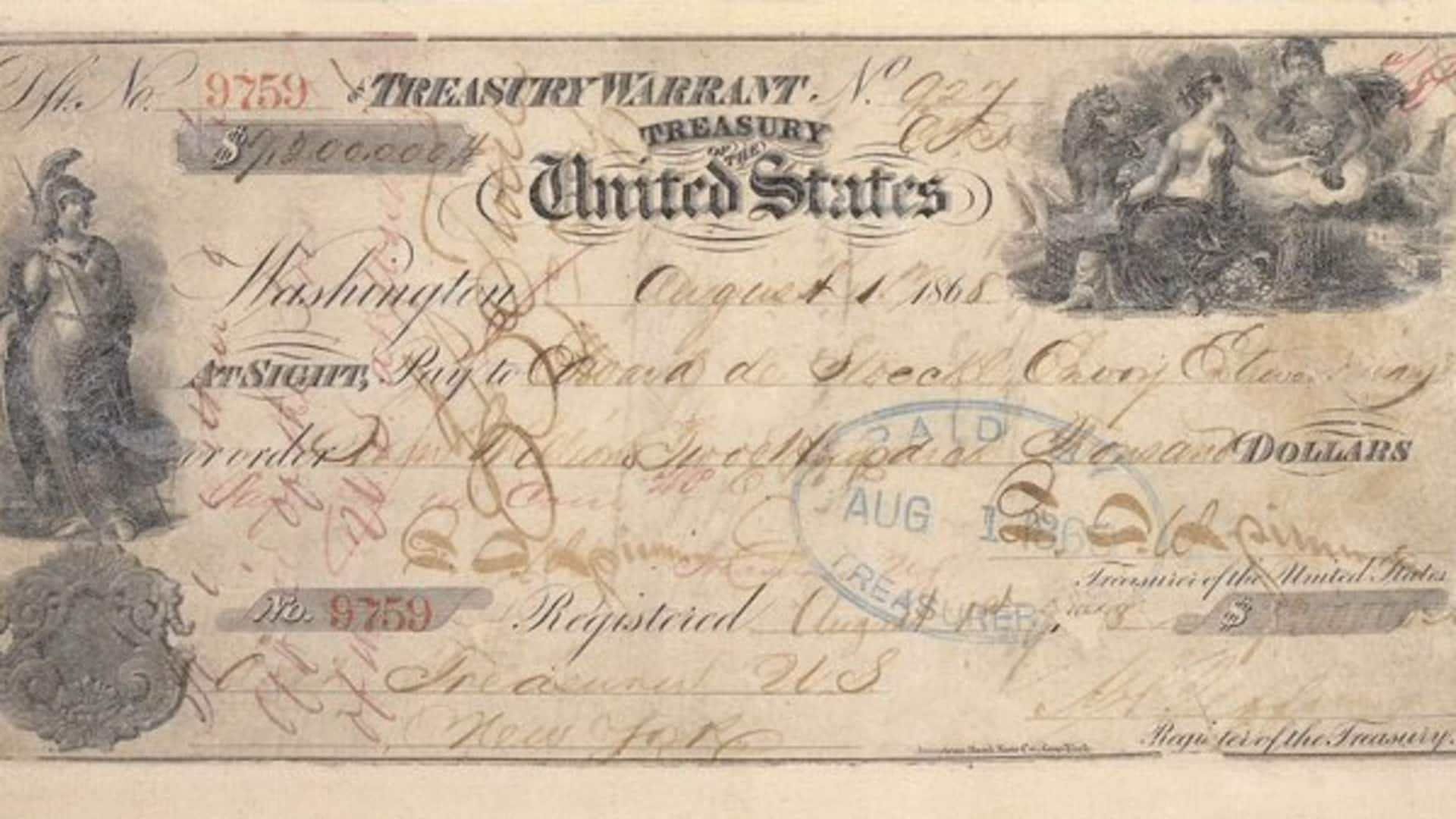
Why Russia sold Alaska, where Trump-Putin meeting is happening
What's the story
United States President Donald Trump and Russian President Vladimir Putin will meet in Anchorage, Alaska, on Friday to discuss ending the conflict in Ukraine. The meeting will be held at Joint Base Elmendorf-Richardson, a major US military base in Alaska, at 11:30am local time (3:30pm ET). This base is crucial for Arctic military exercises and readiness.
Historical backdrop
Why did the US buy Alaska?
The history of the region changed in 1867 when the US bought Alaska from Russia. The decision was taken after the Crimean War (1853-1856), when Russia invaded the Turkish Danubian principalities of Moldavia and Wallachia (modern-day Romania). Britain and France, concerned about Russian expansion into their trade routes, formed an alliance with the faltering Ottoman Empire. Russia lost the war after three years, which made them rethink their colonial ambitions.
War
Tsar Alexander II decided selling Alaska
According to calculations from Advocate for Peace, a journal published by the American Peace Society in the nineteenth and early twentieth centuries, Russia spent the equivalent of 160 million pounds sterling on the conflict. Tsar Alexander II decided by the early 1860s that selling Alaska would help raise much-needed funds and prevent British seizure in future conflicts. The US, which had been expanding across the continent, bought Alaska in 1867. It agreed to buy it for $7.2 million.
Deal
Huge gold discovery was made in Yukon
It got over 1.5 million square kilometers of land for less than 2 cents an acre. Initially, opponents of the Alaska Purchase, who saw little value in the massive ice sheet, called it "Seward's Folly" or "Seward's Icebox," named after Secretary of State William Seward, who signed a treaty with Russia for the purchase. Seward was vindicated when a huge gold discovery was made in Yukon in 1896, and Alaska became the gateway to the Klondike gold fields.
Economic evolution
How did the deal impact Alaska's economy?
Since its sale, Alaska has transformed into a resource-rich state with a diverse economy. The Klondike Gold Strike in 1896 proved the territory's worth and was one of several factors that contributed to its development, eventually leading to statehood in January 1959. Today, oil revenues from Prudhoe Bay fund public services and provide annual dividends to residents through the Alaska Permanent Fund. This system allows for no state income or sales tax in Alaska.
Economic diversification
What about the state's economy today?
Apart from oil, Alaska's economy is also driven by commercial fishing and tourism. The state's national parks and glaciers attract many visitors every year. When Trump visited the Joint Base Elmendorf-Richardson in Alaska during his first term, in 2019, he said the troops there "serve in our country's last frontier as America's first line of defense." He has since made multiple trips to Alaska as president and pushed for additional oil, gas, and mining permits.